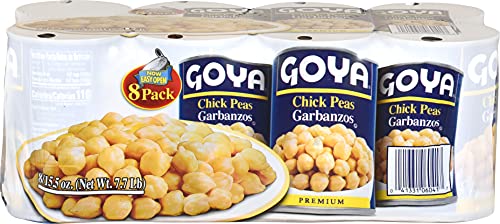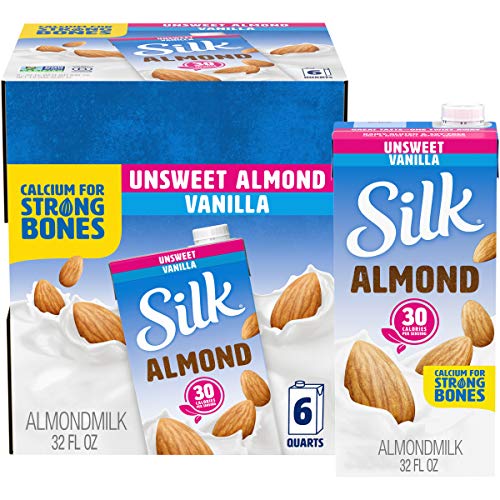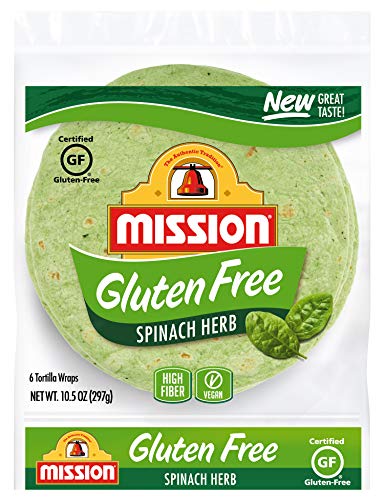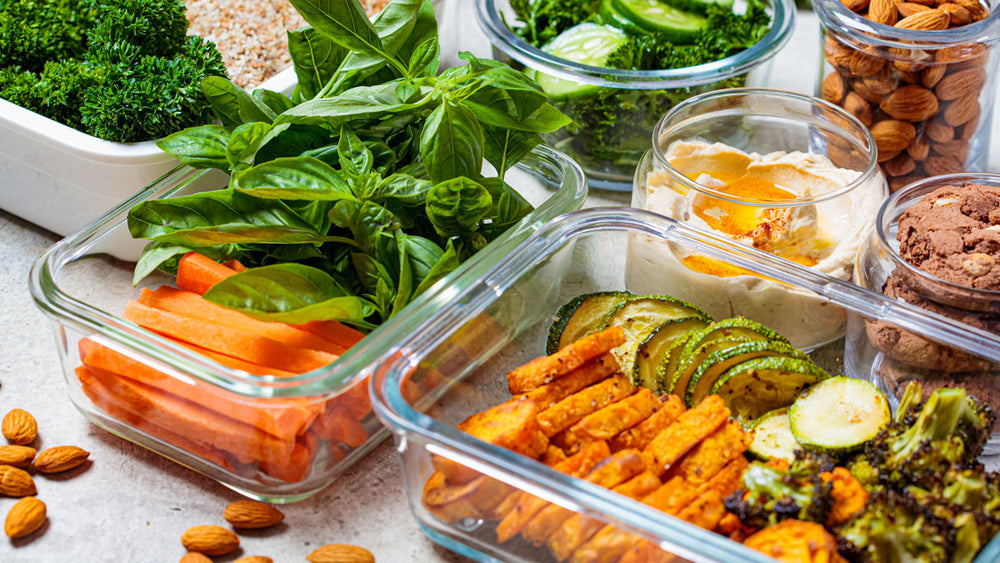From List to Cart: Crafting a Conscious Grocery Plan to Combat Food Waste
Okay. Focus. You’ve made a list and are ready to go into the grocery store. This time, you’ve eaten lunch (never shop on an empty stomach), got your reusable shopping bags, and are ready to complete your mission.
Of course, that beautiful display of sweets and pastries at the front door. So you grab one, then two, and three into your grocery cart. By the end of the week, people will inevitably not eat and will toss two of those desserts in the trash. That, Foodguides fam, is the reality of food waste.
An estimated 1.3 billion tons of food are thrown away each year worldwide despite being fit for human consumption. Food waste also accounts for 6% of global carbon dioxide emissions, adding to global warming and other damages to our climate. What’s even more concerning is that this food is going to waste despite more than 820 million people facing hunger and malnutrition.
So, how can we prevent food waste? Let’s start at the source: grocery shopping!
Step One - Check your pantry, refrigerator, and cabinets before driving to the store.
When you write your list, include only the items you need. If you have a half-eaten box of cereal, leave it until next week. In addition to preventing you from over-buying, it helps you avoid the aisles in the store with tempting items you’d typically toss into your grocery cart.
Completing an inventory check of your pantry, refrigerator, and cabinets will also provide you the opportunity to take stock of what you have not only to avoid purchasing duplicates but also, if you are not planning on using non-perishable items in your kitchen, consider donating them to local food banks and shelters. Here’s another positive: it’ll make you feel good too!
Step Two - Meal Prep for the Week
Decide which meals you will make and serve for each day of the week. This will help you precisely buy the items you need and how much you’ll need for each recipe. Here’s a fantastic recipe for Sheet Pan Steak Fajita Nachos that is perfect for meal prepping! Additionally, meal prepping lets you decide when to pack a lunch and pick up something.
Don’t be afraid to use leftovers, too! That leftover grilled chicken can be used in multiple recipes: salads, wraps, or even with a spicy sauce. Here is a guide on creatively incorporating leftovers into your daily meals.
Step Three - Buy in Bulk
We’re looking at you, Sam’s Club, and Costco members! These stores offer excellent opportunities to buy your favorite foods in bulk. Buying foods you typically consume in bulk supports meal prepping and reduces packaging waste. It is also friendlier on the wallet because it is usually more affordable at a lower cost per unit. Another advantage to buying in bulk? Coupons! Look out for those buy-one-get-one deals when you go to the grocery store. You will save money and have enough of your favorite foods to enjoy in the comfort of your home! That will save you trips to the grocery store.
Step Four- Proper Storage
Have you ever opened your fridge to grab a handful of tasty blueberries and get a handful of white mold instead? Gross! Try this instead: if you know you have too much of a perishable food item, place it in the freezer. The cold will delay the decay, and you’ll buy a little extra time to indulge in the fresh foods of the season. You can also organize your fridge so the items with shorter shelf lives (like fruits and vegetables) are at the front and more visible for use.
Become a mindful grocery shopper by adopting these steps to curb food waste and contribute to a sustainable and responsible approach to consumption. Can you think of other ways to reduce food waste? Let us know on social media! Tag us on Instagram, Facebook, and X @foodguideshelp.
- Risenegger, L. and Hubner, A. (2022). Reducing food waste at retail stores - An explorative study, Sustainability 2022, 14(5), 2494,
- Risenegger, L., Santos, M.A., Ostermeier, M., Martins, S., Amorim, P., and Hubner, A. (2023). Minimizing food waste in grocery store operations: Literature review and research data, Sustainability Analytics and Modeling, 3,




















Comments
Join The Conversation...